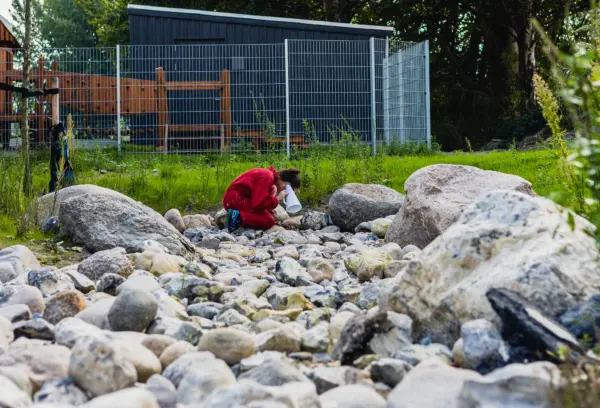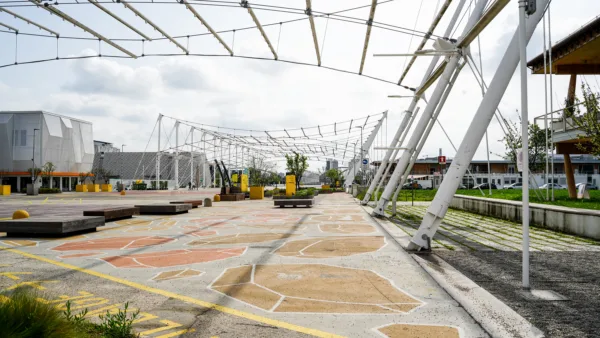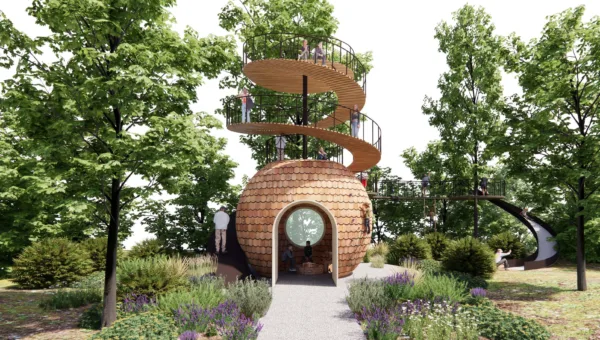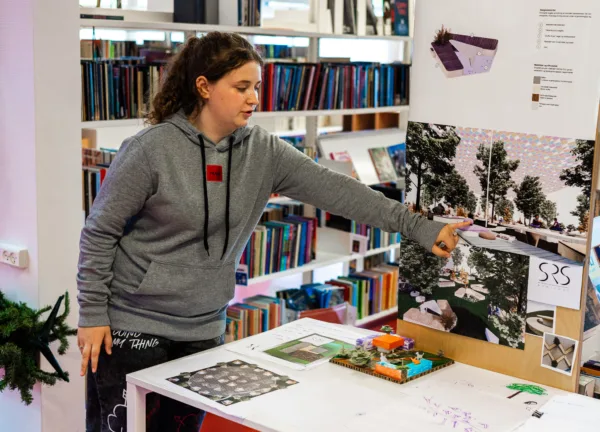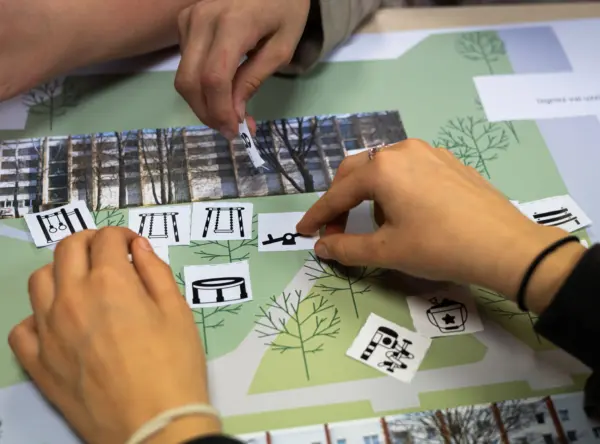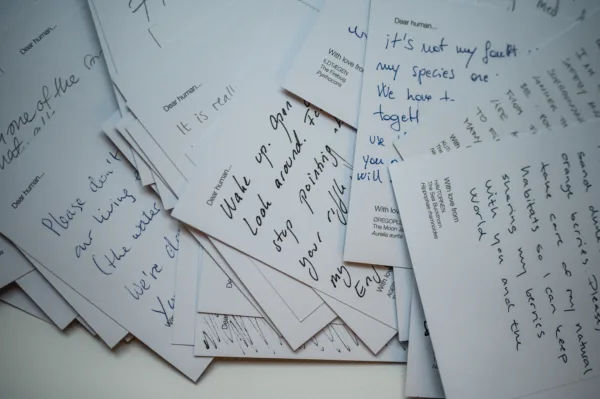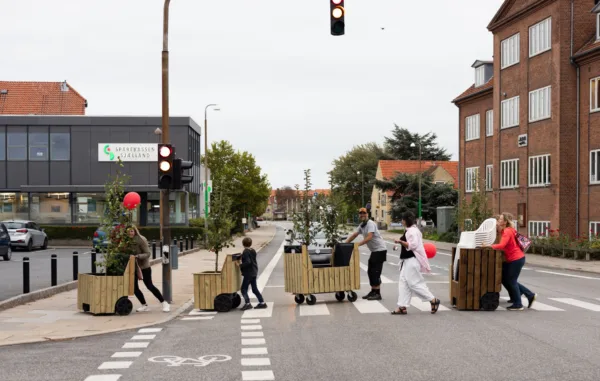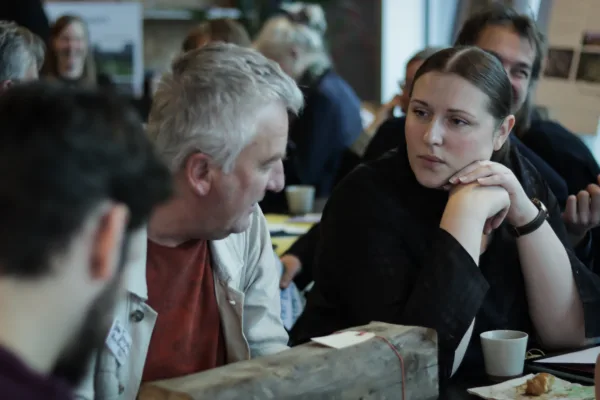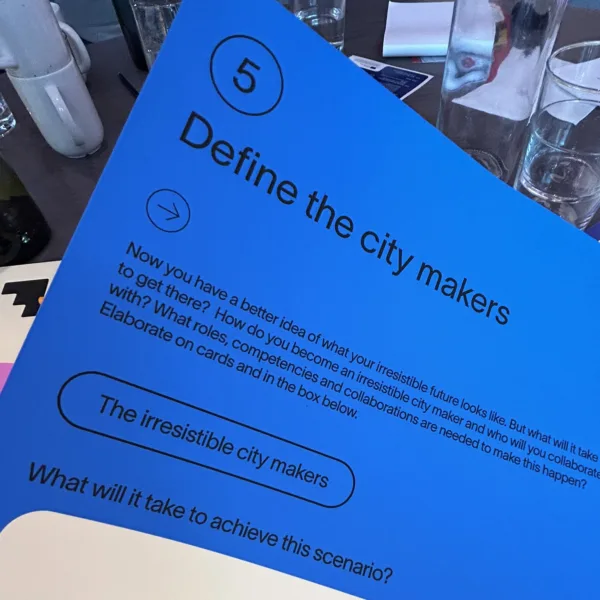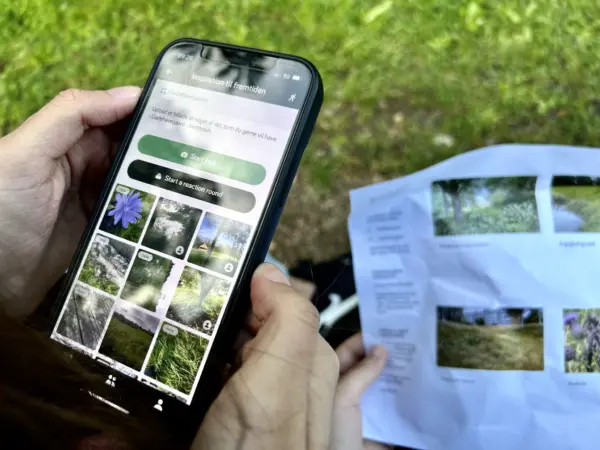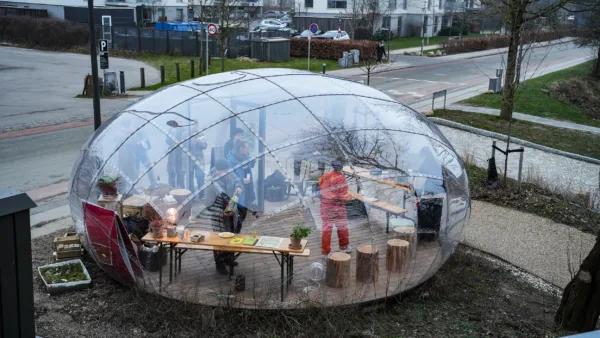'Listening to Place' is an exercise that fosters bodily and sensory experiences. You can incorporate the approach in workshops or site activities when striving for sensory aesthetics. It can be difficult to listen with your eyes open and with this exercise, you have to close them and stay quiet in order to listen to the place. Sensory experience is essential when fostering connectedness and belonging to a place.
The exercise is built on the tools and approaches of one of the Desire Experts, Really Regenerative Centre CIC which has a long and profound track record in bringing people and places together to activate potential.
Purpose - Why should we use this tool?
You should use this tool to engage participants through site visits and discussions to understand their sensory experiences and aspirations. Perspectives from the exercise capture essential sensory aspects that can help guide a vision for a site, space, or area, and it is important to integrate these insights into the strategic planning of your project.
Duration - How much time is needed?
This is an exercise that you can incorporate as a smaller part of a site visit, using 10 minutes or so. Or you can choose to build a bigger workshop (1-2 hours) around the concept and incorporate reflection time and discussions in between listening time.
Materials and helpful links
The ‘Listening to places’ tool is a concrete example of the overarching approach called Power of place. You can read more about the approach here and at the top of the page.
You can also read about the site experiences of working with this approach on the Kalundborg site.
